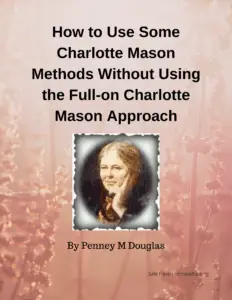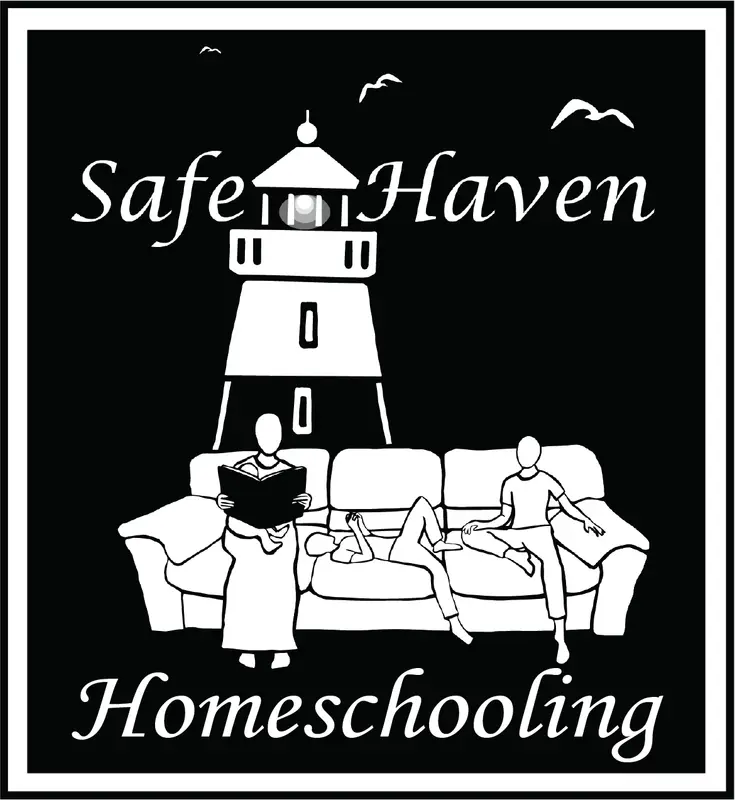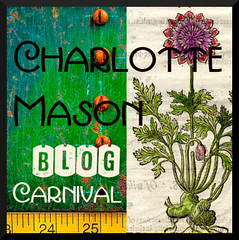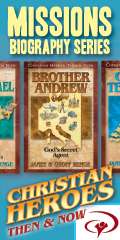1. Start with Living Books
Find some good book lists that contain Classics (because they have stood the test of time), historical fiction, biographies, autobiographies
This is what living books are according to Simply Charlotte Mason:
“Living books are usually written by one person who has a passion for the subject and writes in conversational or narrative style. The books pull you into the subject and involve your emotions, so it’s easy to remember the events and facts. Living books make the subject “come alive.” ”
Some good book lists are found at Read-Aloud Revival, a website for parents who like to read aloud to their children: Honey for a Child’s Heart by Gladys Hunt; Read for the Heart by Sarah Clarkson; Books Children Love by Elizabeth Wilson; and All Through the Ages by Christine Miller. The Sonlight catalog also lists wonderful books as readers and read-alouds that are grouped by grade level and periods of history.
Take your book list with you to the library. Or if you would rather have your own library, you can buy them. If you are studying a certain period in history, find books that have stories that take place during that time. If you are looking for a particular science topic, find a book about it. Or find a book that is told in narrative or story form that explains that topic. There are even living books for math and language arts. Just keep in mind the definition of living books, and you will find wonderful books that will captivate the interest of your children and yourself.
2. Add some narration.
As you are reading to your children or listening to an audiobook together, have one of them tell back what happened in the last chapter. This is narration, a telling back in one’s own words.
I do this in a sneaky way by reading a chapter or two one day. Then the next time we pick up the book to read, I ask one of the children to get us back into the story by reminding us what happened last. This works out very well. The kids usually remember much more than I do. This shows that they were listening. It helps them to remember it even better. And it prepares us for the next part of the story. In the Charlotte Mason method, there are more rules, and you can have older children do written narrations, but I have found my little sneaky method to be natural, easy, and fun for my children.
For more ideas of how to add Charlotte Mason elements to your homeschool, get my Charlotte Mason Lite printable here.
Get it here!











 "Oh that God would give every mother a vision of the glory and splendor of the work that is given to her when a babe is placed in her bosom to be nursed and trained! Could she have but one glimpse in to the future of that life as it reaches on into eternity; could she look into its soul to see its possibilities; could she be made to understand her own personal responsibility for the training of this child, for the development of its life, and for its destiny,--she would see that in all God's world there is no other work so noble and so worthy of her best powers, and she would commit to no other's hands the sacred and holy trust given to her." -JR Miller
"Oh that God would give every mother a vision of the glory and splendor of the work that is given to her when a babe is placed in her bosom to be nursed and trained! Could she have but one glimpse in to the future of that life as it reaches on into eternity; could she look into its soul to see its possibilities; could she be made to understand her own personal responsibility for the training of this child, for the development of its life, and for its destiny,--she would see that in all God's world there is no other work so noble and so worthy of her best powers, and she would commit to no other's hands the sacred and holy trust given to her." -JR Miller






